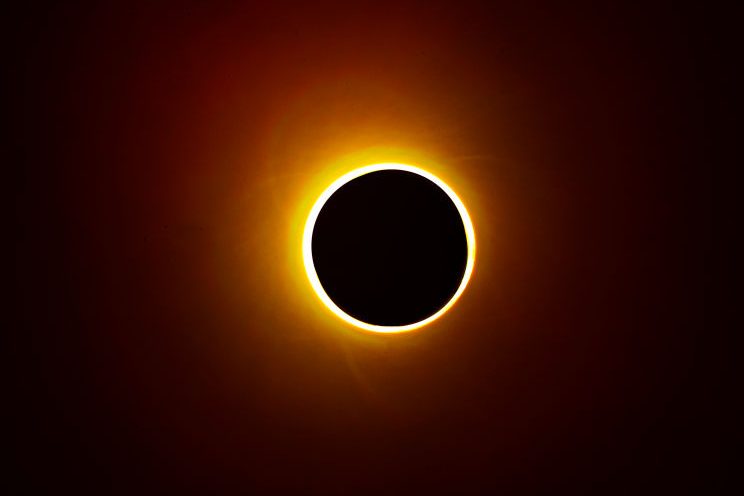A rare annular eclipse will appear as a burning ring of fire over a swath of northern Canada early Thursday, while other parts of the country will see it as the moon covering a significant slice of the sun.

The spectacular event will play out around or shortly after dawn in most parts of Canada, except for Alberta, B.C. and the Yukon, according to the Canadian Space Agency.
Early risers will see a ring of fire around the black disk of the moon at about 6 a.m. in Nunavut, Northwest Territories and the northernmost parts of Ontario and Quebec, astronomers say.
But that doesn’t mean the more southern reaches of Canada will be left in the dark. Instead, viewers in Ontario, Quebec and the Maritimes will see a significant partial eclipse that covers all but a sliver of the sun.
Viewers in Saskatchewan and Manitoba will see a more subdued partial eclipse, with the moon covering less than half of the sun.
The partial eclipse will also be visible in the eastern United States and northern Alaska, NASA says.
An annular eclipse is a rare form of solar eclipse that occurs when the moon is at the farthest point in its orbit around the Earth. That makes the moon look slightly smaller from the Earth’s perspective — the opposite of the so-called “supermoon,” when the moon is closer and looks bigger in the sky.

Get breaking National news
In this case, the slightly smaller-looking moon will not be enough to completely cover our view of the sun. Instead, it will allow the sun to shine around its edges at the moment of maximum eclipse, creating a so-called “ring of fire” effect.
And it burns burns burns, so don’t look straight at it, experts say.
The best way to look at the eclipse is to use special eclipse glasses, provided you’ve checked to make sure there are no holes or scratches in the lenses.
The other way to watch is to poke a hole in a piece of paper and then hold it up with your back to the sun. This will allow you to project images of the sun and the moon onto a wall or floor, where you can watch the shadow of the eclipse as it plays out.
If you’re feeling crafty, you could also make a more effective pinhole projector out of a cereal box.
You could also tune into a livestream of the event to watch it on a digital screen, where it won’t harm your eyes in the process.
Thursday’s event will be the most accessible solar eclipse of the year, though perhaps not the best. A total solar eclipse is expected on Dec. 4, but the best views will only be available in Antarctica.










Comments